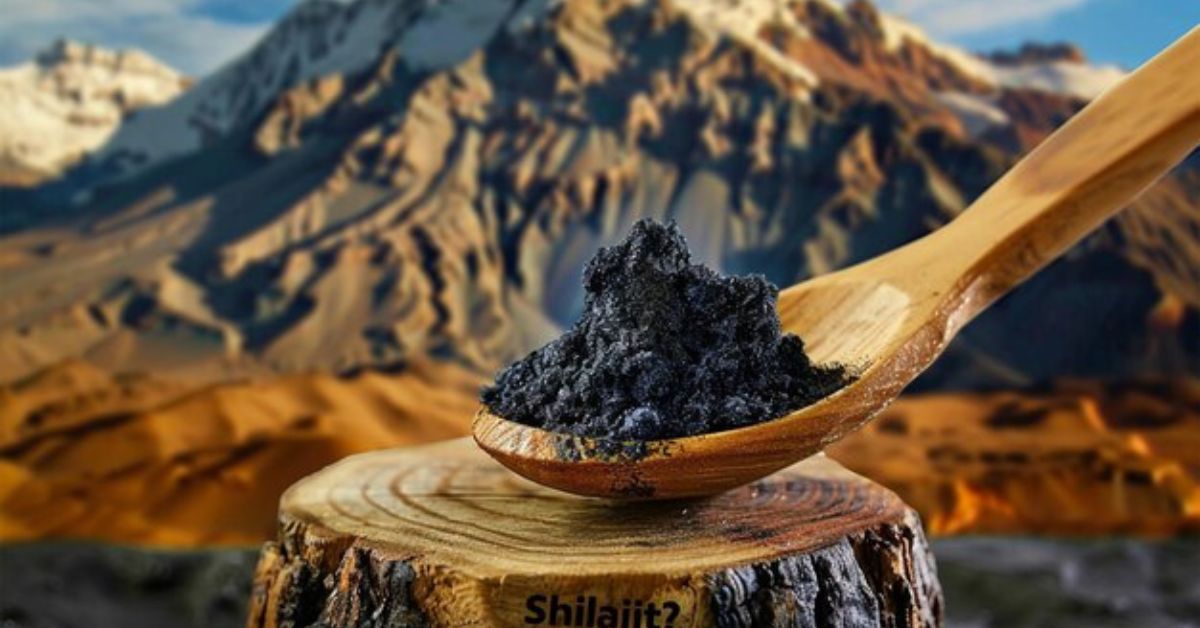Hurbarna, a term that might be unfamiliar to many, encapsulates a world of natural wonder and utility. This guide aims to shed light on the multifaceted nature of Hurbarna, exploring its history, significance, and various applications. As we delve into this topic, you’ll discover why Hur’barna has captured the attention of enthusiasts and experts alike.
Understanding Hurbarna
Hurbarna refers to a diverse group of plants and herbs known for their beneficial properties. These natural resources are celebrated for their adaptability, health benefits, and ecological importance. The term encompasses various species, each offering unique characteristics that contribute to its overall value.
Historical Background
The origins of Hurbarna date back to ancient civilizations. Historical records suggest that these plants were integral to daily life, used for their medicinal properties and practical applications. Over time, Hurbarna has maintained its relevance, evolving to meet the needs of different cultures and societies.
Cultural Significance
In many cultures, Hurbarna holds significant importance. It has been used in traditional practices such as rituals, healing ceremonies, and as part of folklore. The cultural heritage associated with Hur’barna underscores its enduring value and highlights its role in the traditions of various communities.
Health Benefits
Hurbarna is renowned for its health benefits. Many of the plants classified under this term have been used in traditional medicine to treat a variety of ailments. Modern research continues to explore these benefits, confirming the therapeutic properties of Hur’barna and its potential to enhance well-being.
Environmental Impact
The environmental benefits of Hurbarna are substantial. These plants often contribute to ecological balance by supporting biodiversity and promoting soil health. Their ability to thrive in various environments makes them an essential component of sustainable agricultural practices.
Growing Hurbarna
Growing Hurbarna requires an understanding of the ideal conditions for each plant species. Generally, these plants thrive in environments that mimic their natural habitats. Adequate sunlight, proper watering, and nutrient-rich soil are crucial for successful cultivation. With the right care, Hur’barna can flourish in gardens and farms alike.
Culinary Uses
Hurbarna has found its way into kitchens around the world. Many of these plants are used as herbs and spices, adding flavor and nutritional value to dishes. From savory meals to refreshing teas, the culinary applications of Hur’barna are vast and varied, making it a favorite among chefs and home cooks.
Medicinal Applications
The medicinal uses of Hurbarna are well-documented in traditional practices. These plants have been used to treat conditions such as inflammation, digestive issues, and respiratory problems. Modern science continues to validate these traditional uses, uncovering new applications for Hur’barna in contemporary medicine.
Economic Significance
Hurbarna has significant economic impact, particularly in regions where it is cultivated and harvested. The commercial production of these plants supports local economies, providing jobs and contributing to the agricultural sector. The growing demand for natural products also boosts the market for Hur’barna, making it a valuable commodity.
Sustainable Practices
Sustainable cultivation of Hurbarna is essential for preserving its benefits. Organic farming practices, which avoid the use of harmful chemicals, help maintain soil health and protect the environment. By adopting eco-friendly methods, farmers can ensure that Hur’barna continues to thrive for future generations.
Challenges in Cultivation
Cultivating Hurbarna can present several challenges. These may include pests, diseases, and adverse weather conditions. However, with proper care and management, these challenges can be mitigated. Knowledge of pest control, disease prevention, and climate adaptation is crucial for successful cultivation.
Innovations and Research
Ongoing research and innovation are expanding our understanding of Hurbarna. Scientists are exploring new ways to harness its benefits, from developing new medicinal applications to improving cultivation techniques. This research is vital for maximizing the potential of Hur’barna and ensuring its continued relevance.
Popular Varieties
There are several popular varieties of Hurbarna, each with unique properties. Some of the most well-known include plants like basil, mint, and lavender. These varieties are celebrated for their culinary, medicinal, and aromatic uses, making them staples in gardens and kitchens worldwide.
Case Studies
Success stories from around the world highlight the versatility and benefits of Hurbarna. For instance, farmers in rural areas have successfully integrated Hur’barna into their agricultural practices, boosting their income and promoting sustainable farming. These case studies provide valuable insights and inspiration for others looking to explore Hurbarna.
Conclusion
Hurbarna is a hidden treasure of nature, offering numerous benefits that span health, environment, and economy. Its rich history and cultural significance, combined with modern applications, make it a valuable resource. As research and innovation continue to uncover new uses, the future of Hur’barna looks promising. By embracing sustainable practices, we can ensure that this natural wonder continues to thrive and benefit generations to come.
FAQs
What is the origin of the term Hurbarna?
The term Hur’barna is believed to originate from ancient languages, reflecting its long history and traditional uses.
How can Hur’barna be integrated into daily life?
Hurbarna can be integrated into daily life through culinary uses, medicinal applications, and as part of sustainable gardening practices.
What are the most effective ways to cultivate Hurbarna?
Effective cultivation of Hur’barna involves providing ideal growing conditions, such as adequate sunlight, proper watering, and nutrient-rich soil.
Are there any known side effects of using Hurbarna medicinally?
While Hur’barna is generally safe, some individuals may experience allergic reactions or side effects. It is important to consult with a healthcare professional before using it medicinally.
Where can I buy high-quality Hurbarna?
High-quality Hur’barna can be purchased from reputable nurseries, health food stores, and online retailers specializing in natural products.







